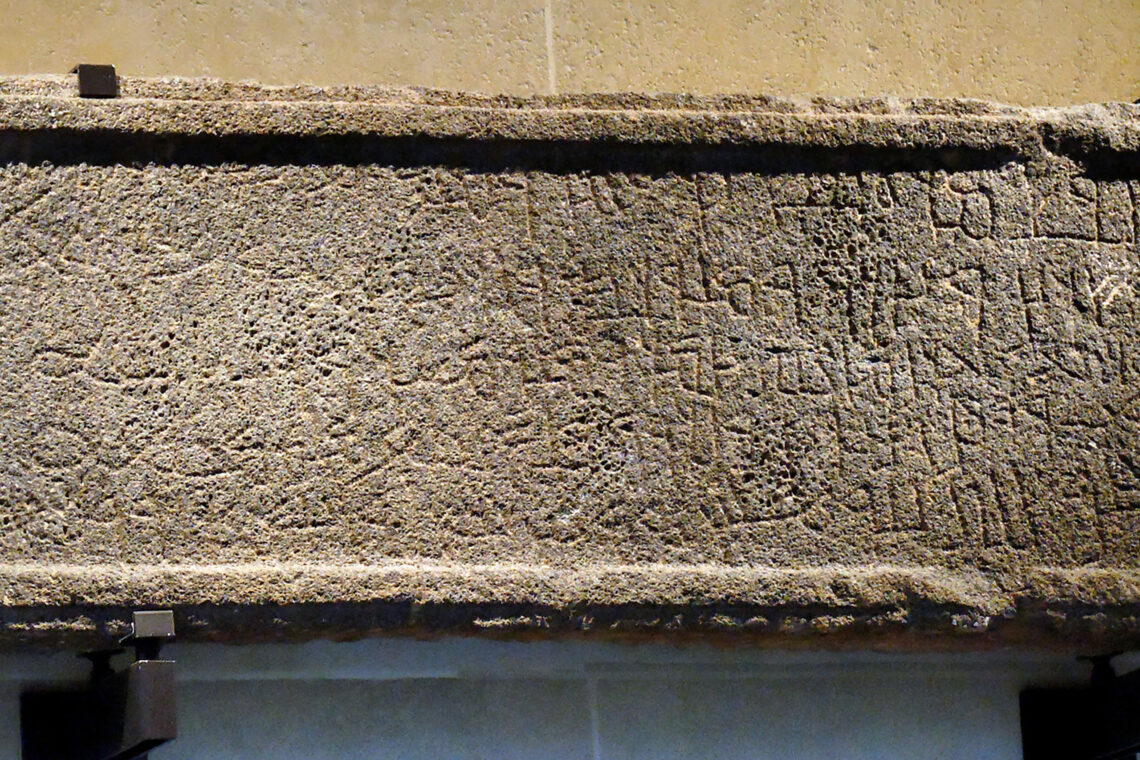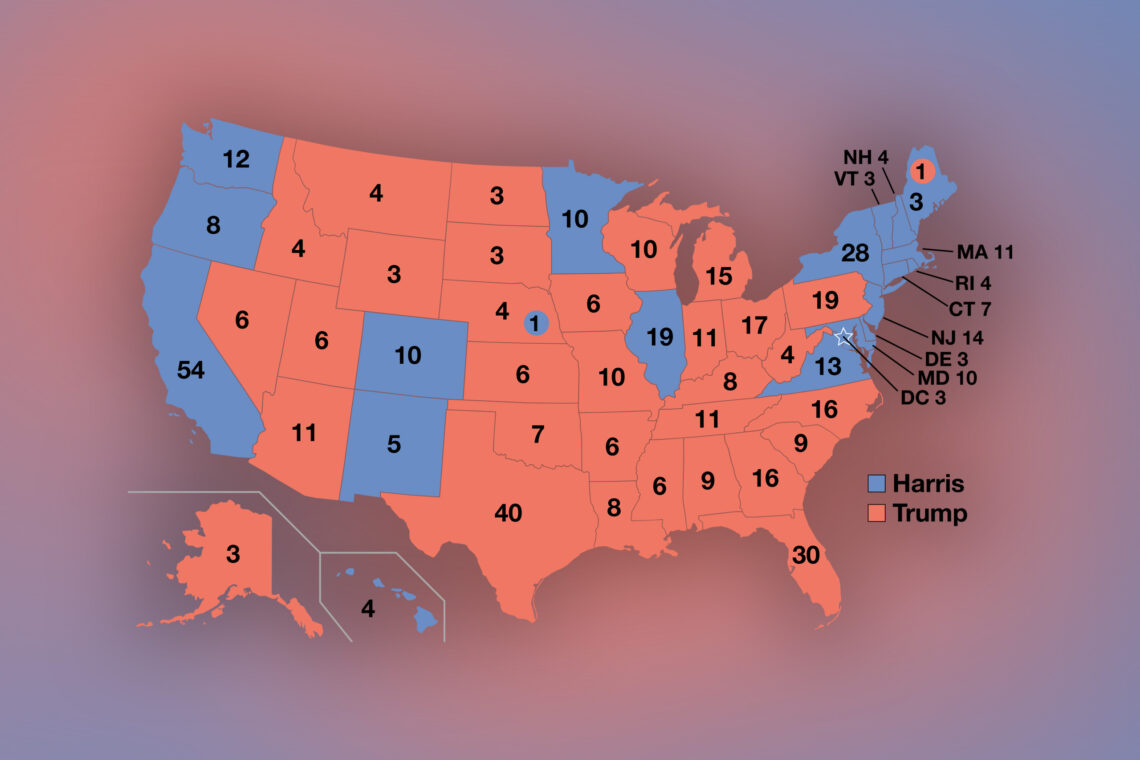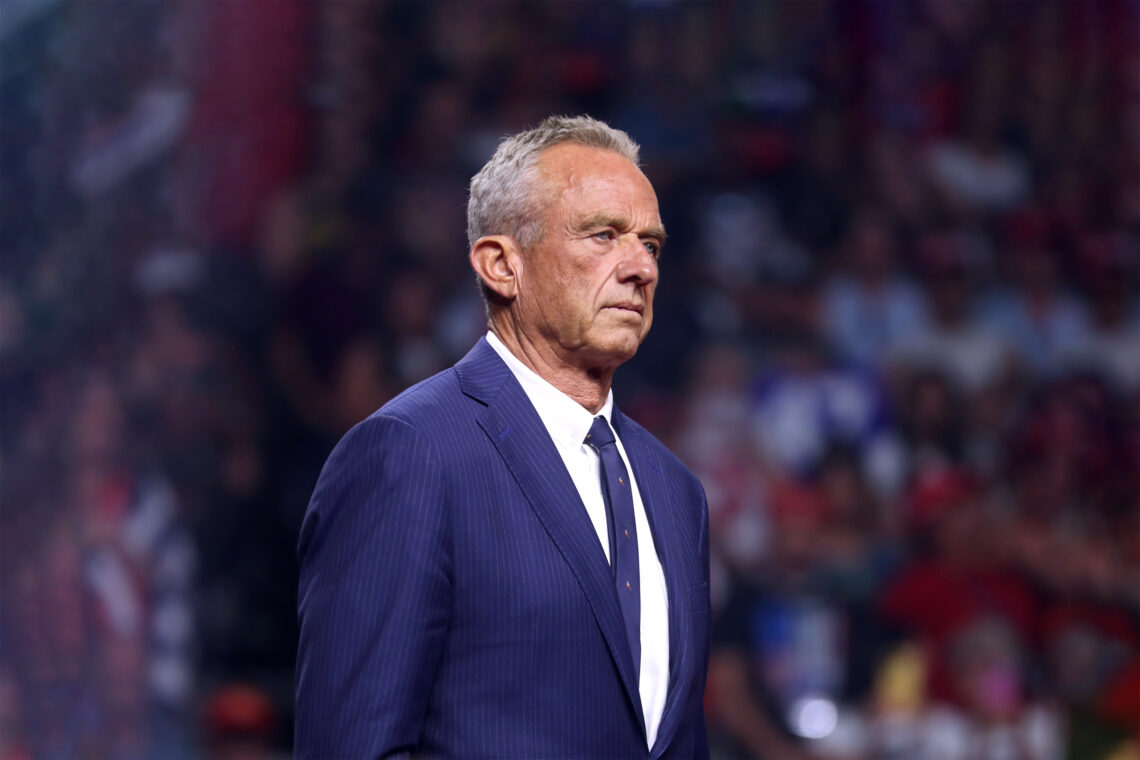At a time when the future of health care in the United States is, at best, uncertain, it helps to recall the many men and women who have dedicated their lives to healing the sick and working out solutions to the stalemate of affordable access for the rich and poor alike. Sometimes it appears as if providing health care to all citizens in a shrinking economy is a luxury; but, as we shall see, creative people were able to extend a helping hand when the nation was knocked down by the worst economic crisis in its history. One such person is Michael Shadid. Few may have heard of the Arab-American physician, but his life story needs to be told, if only to remind ourselves that no matter how broke the country may be, it can always do better by the least among us. If Dr. Shadid could improve the lives of the poor in the midst of the darkest days of the Great Depression, we, too, could do it in our far more prosperous times.
Michael Abraham Shadid was born around 1882 in Jdeidet Marjeyoun, a small, dirty village on the slopes of Mount Lebanon in what was then known as Syria. His father died before he came out in the world, and his mother lost nine children because of poverty and the lack of basic health care. Only a sister and brother survived. The mother managed to send her son to school and then to the American University of Beirut for further study. She borrowed money and sent him to America.
Once he landed on Ellis Island, he borrowed money from relatives and went to work peddling jewelry and trinkets. He covered a lot of territory east of the Mississippi and got a quick lesson on America and its ways. He repaid his loans in no time, paid for the passage of his family to join him, and kept working hard. As he got to know people from all walks of life, he grew fonder of his adopted land. He was so grateful for the opportunities the country had given him that he soon started thinking of giving back. Even as he kept working and helped his family move from Illinois to Oklahoma, he managed to graduate from Washington University’s School of Medicine and, without any internships or clinical training, settled in Maxville, Missouri, to assist an established physician. He was twenty-five years old by then, and soon, Adeeba, a girl to whom he had been betrothed back in his Lebanese village right after her birth (he was ten, then), appeared at his doorstep to fulfill that obligation. Her new name was Edna. They got married and soon, with their daughter Ruth, moved to Oklahoma to join his family.
It was in this oil-rich but mostly agrarian state that he came across the horrors of health care. Many of his patients lost everything, including their sanity, because they couldn’t afford basic medical treatment. As Dr. Shadid’s reputation for honesty and good practice spread, patients flocked to him from other states. With no resources during the influenza epidemic of 1918, he resorted to inventive measures to save the lives of sick people, and his method worked. After eleven years in a rural setting, he moved, with his six children, to Elk City, after a brief stop at Mangum.
By 1929, the year Wall Street crashed, Dr. Shadid was making more money than ever, yet he remained dismayed by medical incompetence and the way unsuspecting farmers were fleeced by greedy physicians without any expertise. In many cases, their gross negligence was nothing short of criminal, since physicians used any pretext to operate on their patients—sometimes with fatal results—for the sake of making money. Under such circumstances, Dr. Shadid started thinking of ways to reduce incompetence, rethink the economics of health care, encourage collaboration, not competition, among doctors, and rely of preventive medicine. A form of insurance, like the one used to insure barns against fire, should be taken to protect people and families against disease, particularly since the poor are more apt to get sick and suffer serious consequences from their illness than those who are better off.
Thus started Dr. Shadid’s crusade to help members of his community to build and own a hospital in Elk City, one that would employ a staff of physicians, nurses, and a dentist—all working for a salary. By 1931, through his Herculean efforts, loans, and his own money, a two-story Community Hospital was built. During its inauguration, Dr. Shadid gave a stirring speech: “I am convinced,” he said, “that private ownership of hospitals is wrong and detrimental to the best interests of the masses of mankind, physically, morally, and financially, in this and every other country in the world.”
Such views only increased and hardened attacks on the “foreign” doctor. He was promptly expelled from his county’s medical association, which was affiliated with the American Medical Association (AMA). Attempts were made to revoke his license and he was exposed to extortion attempts. But the support of farmers and the occasional intervention of an honest judge or politician kept his project alive.
The farmers, however, understood the value of paying an annual premium of $25 per family for medical and financial protection. Such a plan was good for all sides, including doctors who didn’t have to worry about money and focus instead on treatment and healing. Privative medicine didn’t have to be at the cost of a physician’s livelihood.
All of this was happening in the midst of the Great Depression. Dr. Shadid fought hard for the Community Hospital against the relentless attacks from fellow physicians and the AMA, which was in the habit of attacking any progressive health plan, including, later, President Harry Truman’s proposal for a national health insurance, in the name of “free choice.” However, Dr. Shadid prevailed and the Community Hospital became a real community center. Praise started trickling in from around the country, and, indeed, the world. Fans urged him to run for Congress and he did in 1940, only to invite more vicious attacks on his character. He was called, among other things, “Communist Turk,” a “peddler of rugs,” and an “atheist.” That’s not, however, how his patients saw him. One who was staying at the hospital wrote this poem:
In the outskirts of Elk City
Stands a monument of brick
To a man whose one ambition
Was a plan to help the sick.
Through the years the thought was cherished
And the tiny seedling grew,
Till the mighty oak stands fearless
On the heights for all to view.
Long and lonely was the conflict,
Foes sought to besmirch his name,
But with grim determination
He their efforts put to shame.
Now it stands a silent tribute
To the truth that right must win,
Without spot and without blemish
In this world of shame and sin.
In the Book of Books is written
On the page for all to see
“As ye did unto the least ones,
So have you done unto me.”
Other physicians and health care providers around the country, and even as far away as South Africa and Japan, sent letters of inquiry about how to establish cooperative medical facilities. Dr. James P. Warbasse, the leader of the cooperative movement in the USA, praised his efforts. By 1938, the Community Hospital was an 85-bed, modern, fireproof facility, with 25 additional beds for the nurses’ home. The hospital was staffed by five physicians and one dentist.
Dr. Shadid also pioneered the “first consumer-health publication” when he started issuing the Community Health Bulletin. In 1945, Dr. Shadid’s bulletin was recognized by Dr. James P. Warbasse, former editor of the American Journal of Surgery and the New York State Journal of Medicine as “the most important medical periodical published in the United States . . . because it is the first and only journal devoted to the interest of the patients and prospective patients owning a hospital.”
His two physician sons, Alex and Fred, worked at the hospital after their father retired in 1946, and by 1950, 2500 families were members. Two years, hospital physicians were reinstated in their community’s medical society. But the hospital couldn’t survive past 1955. That year, it closed its doors after 25 years of service. It may have inspired prepayment plans, although newer schemes were not enough and have kept, as we all know, tens of millions of Americans uninsured.
Early in his career, Dr. Shadid wanted to go back to his native land to help in any way he could. But he was shocked by religions bigotry and a culture of bribery. The only place that stood out in Beirut, and indeed, the whole of Syria/Lebanon, was the American University of Beirut. To him, that place was a beacon of enlightenment. When he landed in New York, he was struck even more powerfully by the promise of America. He knew he was at home for this land of diversity despite his setbacks and disappointments. Later in life, though, he raised money in the United States and Brazil, and with matching funds from the Lebanese government, managed to build a hospital in his native village.
It was in America, though, that he was able to think about medical justice. He was haunted by the millions of ghosts—Americans disenfranchised by the medical system, the men and women, poor and middle class alike, who lost their lives and possessions, went bankrupt and died prematurely because good medical care was unattainable and were forced to seek charlatans in desperation. Dr. Shadid knew that in a system of for-profit, privatized medicine, doctors make money on sickness, not on preventing it. “What kind of justice would you expect,” he asked rhetorically, “from our courts if the remuneration of the judges were dependent upon their decisions, if ‘guilty’ brought a five-hundred dollar fee while ‘innocent’ meant only five dollars? This position is one in which we should not place the most altruistic and high-minded of humans, and yet doctors, in the present system of medical practice, find themselves on just that spot. Do you wonder now at my grave accusation against the medical profession? Isn’t it a miracle, rather, that there are many men of goodwill left among physicians?”
Dr. Shadid gave much to his adopted land. The “swarthy, fiery little Syrian,” as Time magazine called him in 1939, was the first president of the Cooperative Health Federation of America (which he helped found in 1947) and was hailed in the United States and the newly created nation of Lebanon. The man known as “Doctor for the People” died in 1966, after having been inducted in the Cooperative Hall of Fame. His message, however, remains as timely as it was in the 1920s and ‘30s. The ghosts of America’s failed health system are haunting us still.




Comments are moderated by the editor and may not appear on this discussion until they have been reviewed and deemed appropriate for posting. All information collected is handled in a manner consistent with our privacy policy.